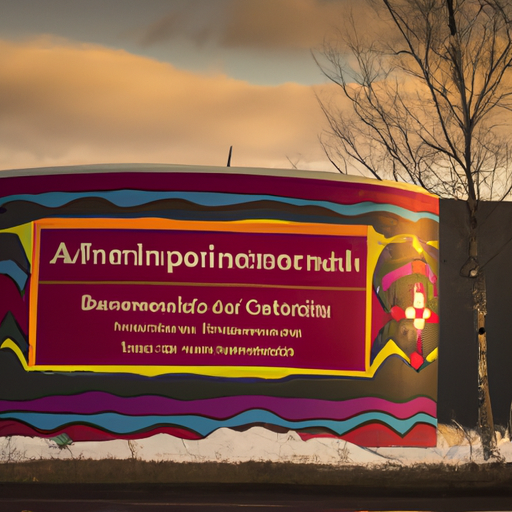Indigenous Treatment Centre: A Beacon of Hope Amidst the Canadian Opioid Crisis
As Canada continues to wrestle with the opioid crisis, innovative measures and initiatives are being undertaken to combat this devastating epidemic. One such initiative is an Indigenous-led treatment centre in Battlefords, a small town in Saskatchewan. I recently came across a heartening CBC piece reporting on the success of this unique approach to addressing the opioid crisis.
A Desperate Struggle
The opioid crisis has transformed Battlefords and other towns like it into battlegrounds. It has fuelled crime rates, spiked homeless numbers, and overwhelmed health services. In recent years this crisis has spiralled into an epidemic of catastrophic proportions. Among the indigenous population, the damage is even more profound owing to a long history of trauma, poverty, and systemic marginalization.
A Unique Indigenous-led Initiative
The Battlefords Agency Tribal Chiefs (BATC) had the vision to establish an indigenous-led treatment centre. This unique initiative offers culturally appropriate treatment programs. It focuses not just on medical treatments but also on reviving cultural practices that foster healing for Indigenous people grappling with opioid addiction. The treatment focuses on empowerment, dignity, community connection, and the process of healing.
The Ripple Effect of the Opioid Crisis
The opioid crisis does not just devour substance users; it ripples far and wide, affecting families, communities, and the social fabric that holds them together. Some of the implications include:
- Escalating crime rates linked to drug-related offences.
- Rapid increase in the number of homeless individuals.
- The strain on the healthcare system due to opioid-related emergencies.
- The potential exposure of children to opioids in homes where they are used.
Efforts to Combat the Crisis
In addition to the Indigenous-led treatment programs, a nationwide opioid class action has been launched against pharmaceutical companies, demanding accountability for the opioid crisis. Education programs are in place to inform both the public and healthcare providers about the risks associated with opioid misuse. Distribution of naloxone, an antidote for opioid overdose, has significantly increased. But the road to recovery is long and arduous.
Key Takeaways
The opioid crisis continues to wreak havoc in towns like the Battlefords, with Indigenous populations being particularly vulnerable. This crisis has transformed communities, fuelling crime, homelessness, and overwhelming health and social services. However, the Indigenous-led treatment center in Battlefords is providing much-needed culturally appropriate support and a beacon of hope amidst the storm. This initiative, coupled with nationwide measures such as the opioid class action, educational awareness, and the distribution of naloxone, signifies steps made in this grim battle.
Everyone Has a Role to Play
In conclusion, the opioid epidemic is not just a health crisis. It is a call to action for society as a whole. The Indigenous-led treatment center in Battlefords is a shining example of how a community-driven, culturally sensitive approach can pioneer change from within. As the fight against the opioid crisis continues, it’s important for each one of us to stay informed, remain compassionate, and participate in action wherever we can. Small steps can make a significant difference, and together, we can help heal our communities.


